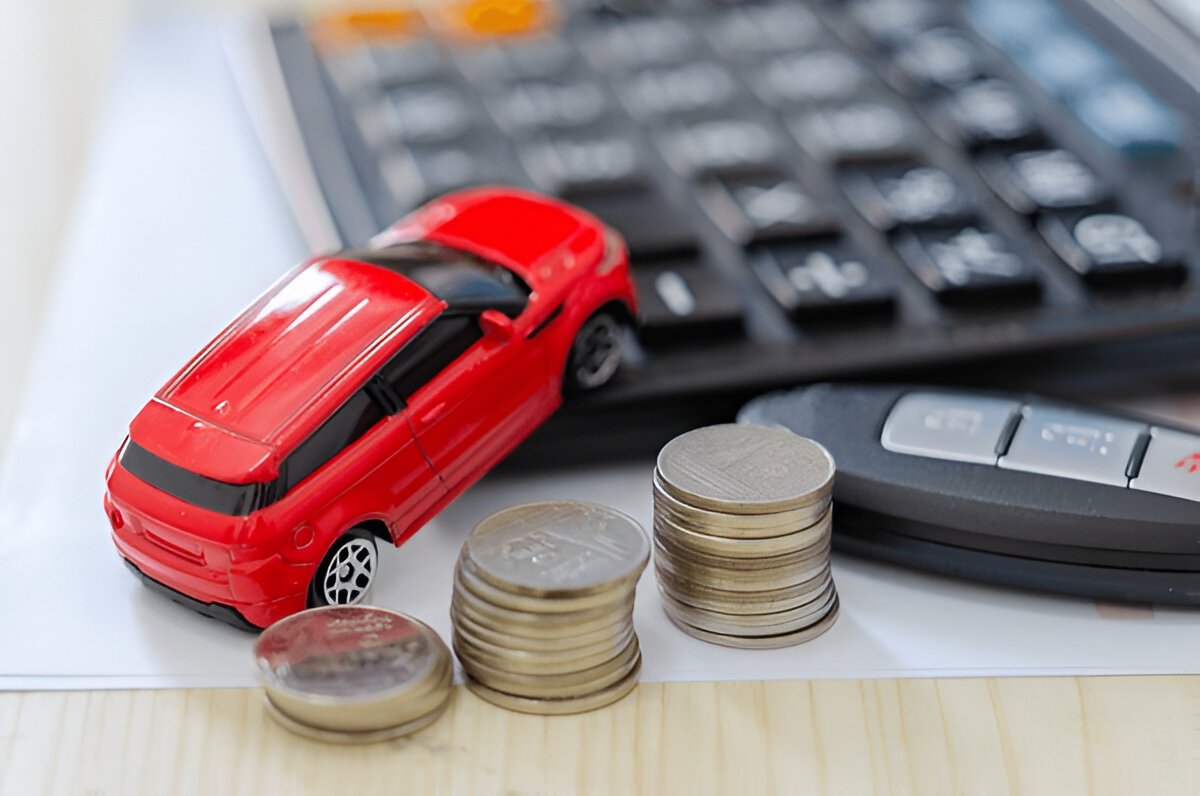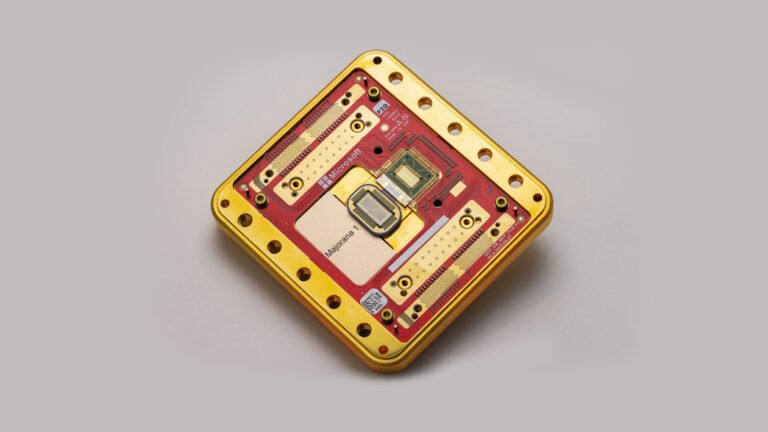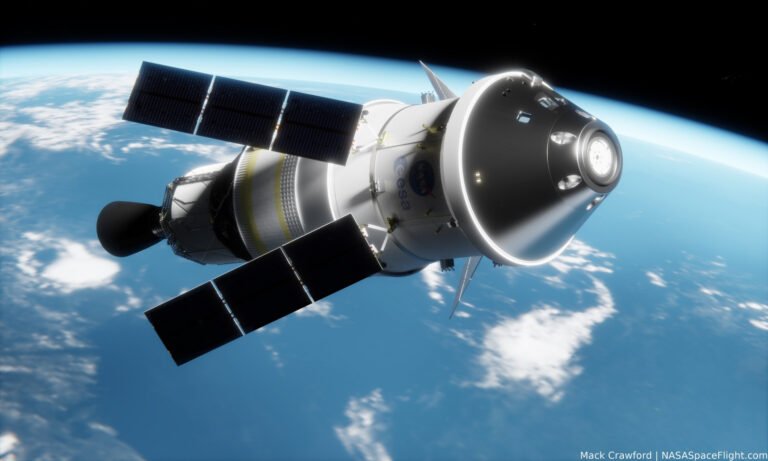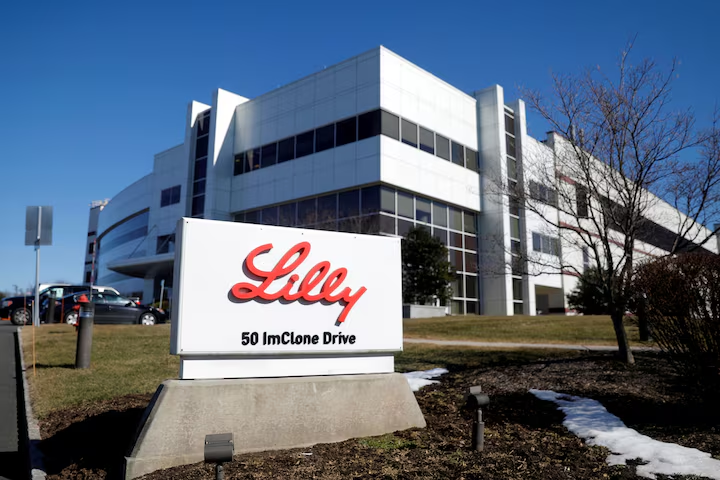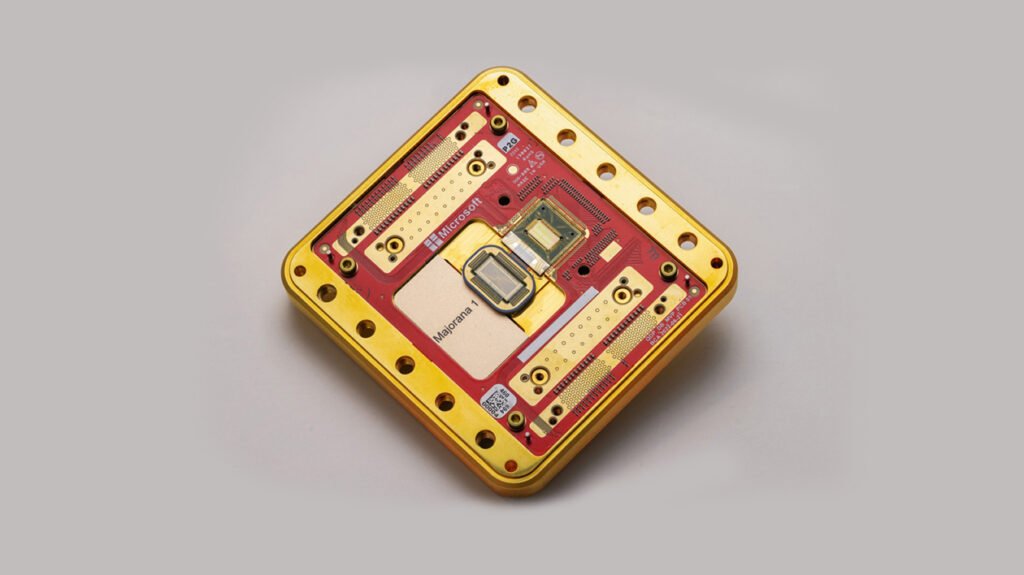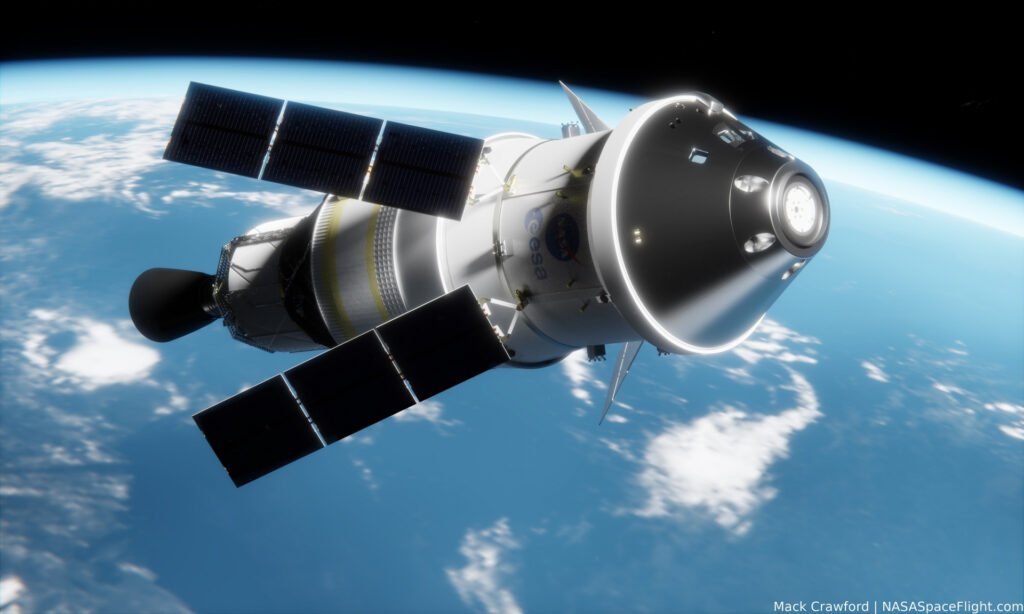The Pakistani automotive industry finds itself at a significant crossroads. The Federal Budget 2025-26, recently unveiled, signals a clear dual focus. The government aims to boost national revenue. It also seeks to steer the economy towards environmental sustainability and greater documentation. These measures introduce a mix of new taxes, duty adjustments, and policy shifts. They will profoundly impact local manufacturers, importers, and consumers across the nation. The Pakistan auto industry budget 2025-26 introduces several pivotal changes, destined to reshape the entire sector’s landscape.
Understanding New Fiscal Measures in Pakistan Auto Industry Budget 2025-26
The Budget 2025-26 brings substantial reforms for the automotive industry. These new fiscal policies directly address environmental concerns and revenue generation.
Green Tax on Petrol and Diesel Vehicles
A crucial move is the introduction of a 1-3% levy. It applies to all petrol and diesel vehicles. This “Green Tax” bases its calculation on the car’s value. The rate varies by engine size:
- Under 1300cc: 1% of the car’s value.
- 1300cc – 1800cc: 2% of the car’s value.
- Above 1800cc: 3% of the car’s value. Commercial vehicles, including buses and trucks, face a flat 1% levy. This tax primarily aims to generate revenue. It also pushes consumers towards more eco-friendly alternatives, such as electric and hybrid vehicles. Manufacturers and importers collect this levy at the source. Consequently, consumers will ultimately bear the additional cost.
GST Hike on Small Cars to 18%
General Sales Tax (GST) for smaller vehicles (up to 850cc) significantly increased. It rose from 12.5% to 18%. This change mainly impacts the Suzuki Alto (660cc). It is currently the only locally assembled vehicle in this specific segment. The combined effect of this GST hike and the new 1% Green Tax could increase the Suzuki Alto’s price. Estimates suggest a rise between Rs. 160,000 and Rs. 186,446. Critics argue this disproportionately affects middle-class buyers, making affordable mobility more challenging.
Hybrid vs. Electric Vehicle Tax Disparity
Confusion arose after the budget speech. The Finance Minister initially indicated a potential GST increase on Hybrid Electric Vehicles (HEVs). It was to rise from 8.5% to 18%. However, the official Finance Bill 2025-26 did not include this specific hike.
- Hybrids (HEVs) retain their 8.5% GST rate for vehicles up to 1800cc (12.75% for 1801cc-2500cc). This particular rate remains valid until June 30, 2026.
- Electric Vehicles (EVs) still face an 18% GST. Consequently, this creates a significant tax disparity. It gives an unfair advantage to HEVs over EVs. Industry stakeholders, like MG Motors Pakistan, demand that EV GST should drop to 8.5%. This would match HEVs and encourage wider adoption of fully electric vehicles. Therefore, the budget’s current lack of major new EV incentives frustrates EV proponents.
Broader Policy Shifts in Pakistan Auto Industry Budget 2025-26
Beyond direct taxation, the Budget 2025-26 introduces other crucial policy shifts for the auto sector.
New Carbon Levy on Fuel
A new Carbon Levy will apply to petrol, high-speed diesel (HSD), and furnace oil. This levy will implement in phases. It starts at Rs. 2.5 per liter in FY 2025-26. It rises to Rs. 5 per liter by FY 2026-27. This measure directly increases operational costs for all vehicle owners. The government’s stated goal is to discourage fossil fuel consumption. It also aims to channel funds towards green transport initiatives.
Duty Reductions on Imports: A Double-Edged Sword
The budget signals a significant shift in import duties:
- Regulatory Duty (RD) slashed: The maximum RD rate is reduced from 90% to 50%. It will phase out by 2030. RD also removed entirely from 554 PCT codes, reduced on another 559.
- Additional Customs Duty (ACD) also reduced on numerous tariff lines.
- Customs Duty (CD) will cap at 15% and potentially reduce to zero by 2030. These reductions are welcomed by importers. They could make imported parts and some used cars (including 5-year-old imports, if age limits are relaxed) cheaper. However, they raise serious concerns for local manufacturers. Industry experts warn that lower import barriers could undermine local assembly. This might hurt the “Make in Pakistan” initiative.
NEV Policy Focus and Non-Filers Ban
The government finalizes a New Energy Vehicle (NEV) Policy. It primarily focuses on two- and three-wheeled electric vehicles. Key elements aim to promote local EV assembly. They also impose levies on petrol/diesel vehicles, already evident with the Green Tax. An EV infrastructure fund is expected, partly financed by Green Tax revenue. Furthermore, the budget introduces a stringent new rule: Only tax filers can now purchase motor vehicles. This aims to compel citizens to join the formal tax net.
Price Impact and Industry Reactions to Pakistan Auto Industry Budget 2025-26
The budget’s measures will undeniably lead to price adjustments and varied reactions across the industry.
Estimated Price Changes for Vehicles
| Vehicle Type | Tax Change | Estimated Price Hike (Approx.) |
|---|---|---|
| Suzuki Alto (660cc) | GST ↑12.5%→18% + 1% Green Tax | Rs. 160,000 – Rs. 186,446 |
| Hybrids (e.g., Toyota Corolla Hybrid) | GST stays 8.5% (no change) | No immediate increase |
| EVs (e.g., MG ZS EV) | GST 18% (no reduction) | Remains high (no new relief) |
| Large SUVs (e.g., Fortuner) | 3% Green Tax + potential other levies | Rs. 300,000 – Rs. 500,000+ |
| All ICE Vehicles | Increased fuel costs due to Carbon Levy | Higher running costs |
| Imported Used Cars | Reduced RD/ACD | Potentially cheaper |
Industry Sentiments and Outlook
The auto industry reacted with a mix of cautious optimism and significant concern. Local manufacturers are worried. The substantial duty cuts on imports raise fears their products will become less competitive against cheaper imported alternatives. They emphasize that aligning tariffs with global norms is a long-term goal. However, immediate effects could destabilize a struggling local manufacturing base. EV makers remain frustrated. The continued higher GST rate on EVs, compared to hybrids, is a major point of contention. They argue it hinders investment in the EV sector. It also contradicts the government’s stated environmental goals. Dealers anticipate a slump in sales. Small cars become significantly more expensive, particularly affecting the middle-class segment. The auto industry seeks urgent clarification on ambiguities, including HEV/EV GST rates. They also seek the overall long-term policy direction to ensure investment security.
Navigating the Road Ahead: Pakistan Auto Budget Outlook
The Budget 2025-26 marks the beginning of a transformative period. This period affects Pakistan’s automotive sector. Future developments to watch include:
- Evolution of NEV Policy: Expect further details and potentially more concrete incentives for electric vehicles. This is especially true as the government pushes its green agenda. This might include incentives for local EV component manufacturing.
- Impact of Non-Filer Restrictions: The stringent rule for non-filers could significantly curb demand. This will happen in the short term. Individuals may rush to become tax filers. Its long-term effect on broadening the tax base will be crucial.
- Used Car Market Dynamics: Reduced import duties could lead to a surge in used car imports. This would intensify competition for local assemblers.
- Smart Mobility Solutions: The government pushes for a digital economy. Potential 5G trials (expected by 2026) could pave the way. They could lead to advanced smart mobility solutions in the long run.
In conclusion, the Pakistan auto industry budget 2025-26 represents a clear shift in policy. It prioritizes revenue generation, environmental considerations, and documentation. It offers some clarity on hybrid vehicle taxation for now. However, it places new burdens on conventional vehicles. It also challenges local manufacturing. The industry now faces a complex task. It must adapt to these new fiscal realities. It also continues to advocate for policies fostering sustainable growth and technological advancement.
For more news and updates, please follow PFM Today.

